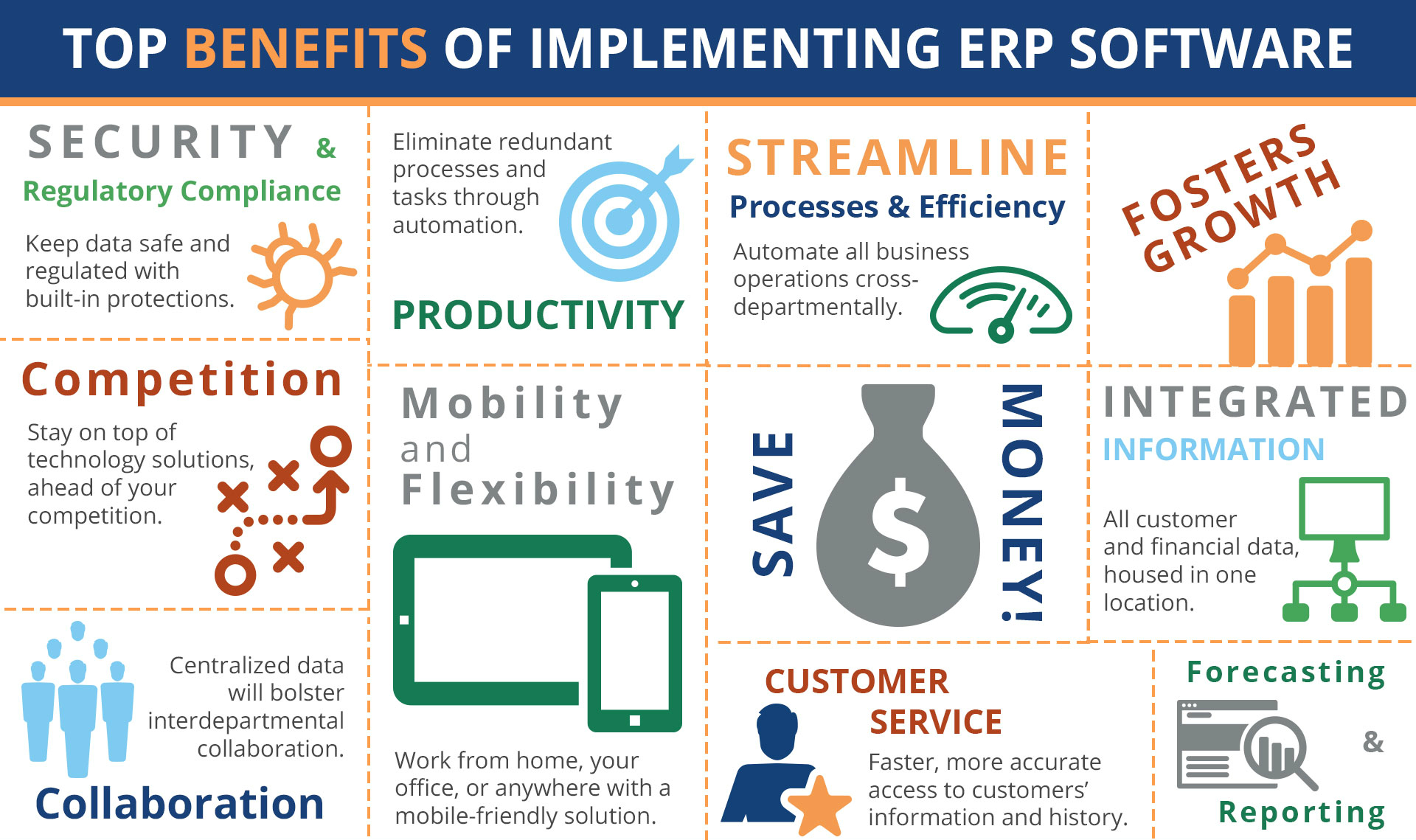Employees are the most valued asset of any organization. That is why you would normally find companies going out of their way to nurture educated, passionate and visionary employees through adequate training programs. However, with companies expanding globally, providing standardized training to the workforce situated locally as well as globally is not that uncomplicated anymore. Factors like time, cost, the actual process of rolling out the training and other such issues pose serious challenges to the intended goal.
It is perhaps for this reason that e-learning has emerged as the new mode of imparting knowledge and training to employees for their enrichment and development. Today, most organizations make use of e-learning software to train their employees on new products, services, processes, software applications, customer relations and soft skills.
E-Learning offers several advantages over face-to-face learning. Let us have a look at them to understand how you can gain from developing appropriate e-learning software for your employees.
Cost Effectiveness
Classroom training involves several costs including those of learning materials, travel, catering and venues. An online training system eliminates all of these at one go. Also, conventional training methods are usually outdated and updating learning materials is often costly and a lengthy process. E-learning software, on the other hand, enables you to update relevant lesson plans and text packets easily and quickly, and without incurring any printing cost. ROI is the one of the obvious advantages of e-learning software for organizations.
Flexibility and Convenience
E-learning removes all the boundaries associated with traditional classroom training, allowing employees to participate in the program from anywhere in the world. All one needs is an internet connection. Thus the whole hassle of coordinating when and where to conduct a course is done away with. It is anyways challenging to gather a whole team of workers at one place. E-learning provides that much-needed flexibility to both employees and management to complete the required training on time.
Improvement in Employee Productivity and Performance
Employees are always on the lookout for opportunities for growth. E-learning enables them to get acquainted with and subsequently proficient in new processes. Conventional training methods take up a lot of valuable time which could have been utilized for other equally important work. Online training programs are more convenient in this sense since employees can participate in them at any time – such as during down time at work or at home – thereby avoiding any direct confrontation with other time-sensitive or important job responsibilities.
Easy Access to Information
A part of the training is always lost in the process of taking notes during classroom training sessions. E-learning software does away with the concept of taking notes on paper altogether. Training materials are available online 24/7 meaning employees can access them anytime when faced with a question or doubt.
Timely Feedback for Employees
An online training course provides employees with real-time feedback and helps management get up-to-date assessment on the success of the programs and track the progress of each employee.
Personalized or Customized Training for Employees
Every employee has his own method and pace of learning – a concern which is not always addressed in traditional training programs. However, though the material of e-learning courses is the same for everyone, the pace at which one learns it can be controlled by the learner. Thus it provides a more personalized environment for learning.
E-learning software can thus help businesses create a more convenient and fruitful training experience for employees which, in turn, can result in better engagement, productivity and, ultimately, ROI.






